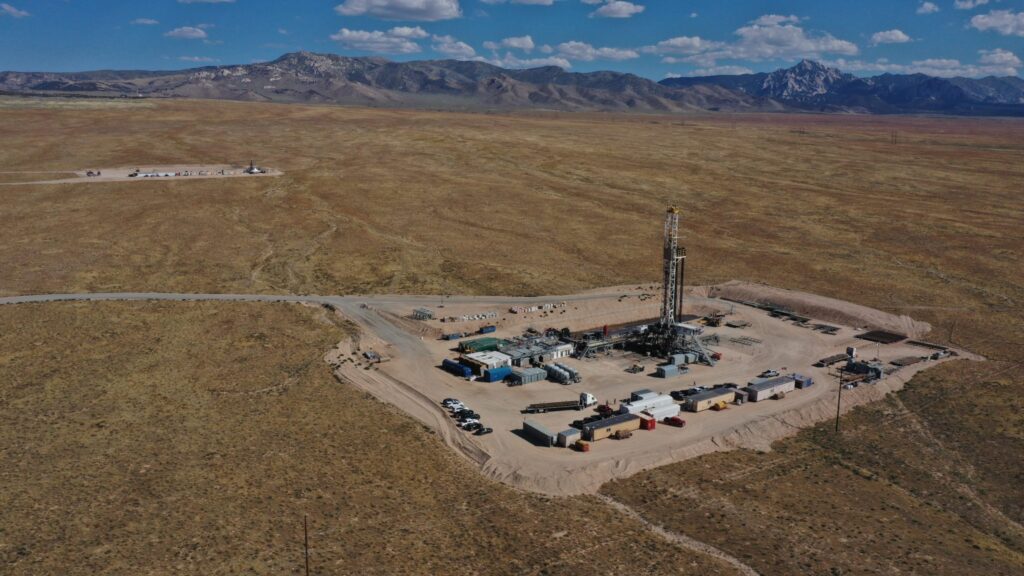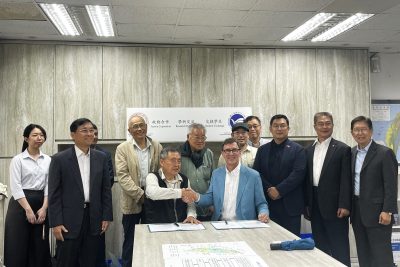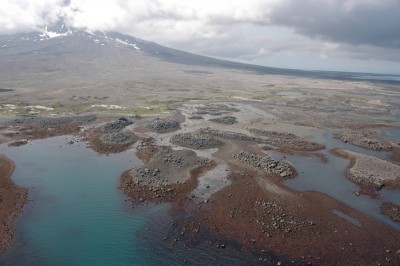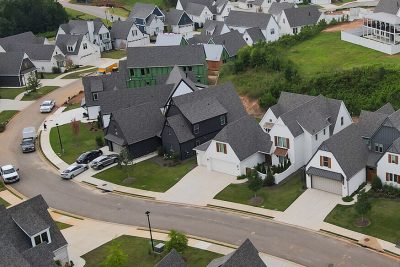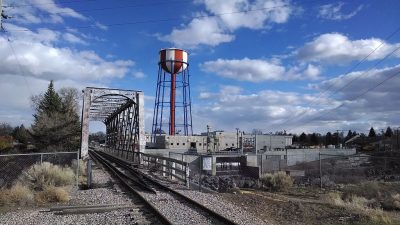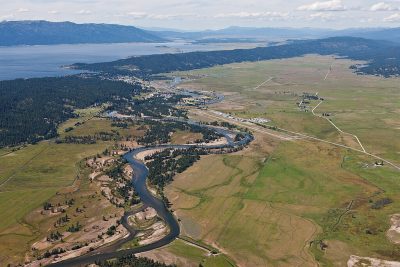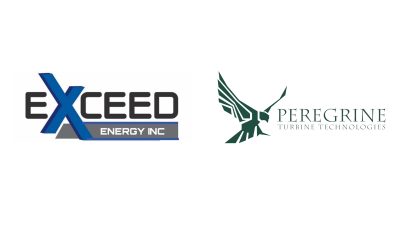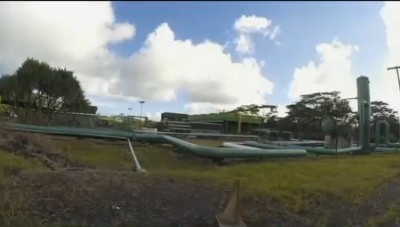Fervo reports improved drilling times at Cape Station geothermal project, Utah
Fervo Energy has reported a 70% reduction in drilling time at a geothermal well in the next-generation geothermal project in Cape Station, Utah.
Fervo Energy has reported a 70% reduction in drilling time at a geothermal well in the Cape Station project in Utah compared to the first horizontal well drilling at Project Red in 2022. The fastest Cape Station well was drilled in just 21 days, despite the wells in Cape being drilling hotter and deeper than the Project Red wells in Nevada.
This increase in drilling efficiency has translated into significant cost reductions, with drilling costs across the first four horizontal wells at Cape falling from $9.4 million to $4.8 million per well.
In September 2023, Fervo Energy broke ground on the next-generation geothermal project at Cape Station in Beaver County, Utah. This project follows up on the breakthrough results of ts first full-scale EGS pilot project in northern Nevada, Project Red.
The early drilling results from the Cape Station project were reported by Fervo Energy during the Stanford Geothermal Workshop. Exceeding the expectations for Enhanced Geothermal Systems (EGS) of the Department of Energy (DOE), the results substantiate the rapid learning underway in the geothermal industry and signal readiness for continued commercialization.
Improving ROP and drill bit lifetime
Fervo’s drilling performance to date fits an expected learning rate of 35% for drilling time improvement, portending far more significant advances in performance and cost. This is the latest example that private sector work like Fervo’s Project Cape and pioneering research like DOE-sponsored Utah FORGE are rapidly moving the world of geothermal deployment forward.
Fervo achieved its results by increasing both the rate of penetration (ROP) and life of drill bits. On the fourth horizontal well drilled at Cape, for example, Fervo sustained an average ROP of 70 feet/hour, already outpacing NREL’s 2035 projections for moderate technology improvement.
Modern oil and gas drilling equipment enabled this performance. Fervo used polycrystalline diamond compact (PDC) drill bits typically deployed in shale basins to cut through hard, abrasive granite, while mud coolers counteracted high subsurface temperatures that have historically derailed geothermal exploration. These results underscore the applicability of oil and gas technology to enhanced geothermal.
“Since its inception, Fervo has looked to bring a manufacturing mentality to enhanced geothermal development, building a highly repeatable drilling process that allows for continuous improvement and, as a result, lower costs,” said Tim Latimer, Fervo Energy CEO and Co-Founder. “In just six months, we have proven that our technology solutions have led to a dramatic acceleration in forecasted drilling performance. ”
“Fervo’s drilling improvements are like the early days of the shale revolution,” said Trey Lowe, Chief Technology Officer of Devon Energy. “When you operate continually and understand the resource, you dramatically streamline operations. That’s the unique value of Fervo’s approach to enhanced geothermal.”
“We now have the best drilling technology from the petroleum drilling industry. What encourages me now is that we’re starting to learn how to use it in ways that specifically maximize performance,” said Fred Dupriest, Professor of Engineering Practice at Texas A&M University and Former Chief Drilling Engineer at ExxonMobil. “Performance isn’t just what you use, but how you use it. We’re not just achieving technology transfer, but an impressive rate of knowledge transfer in how to use it.”
Source: Fervo Energy
